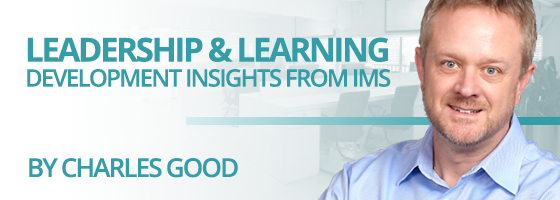Everyone knows that strategy is important, but what are we doing to improve our strategic thinking skills? I learned strategy as strategic planning, as I am sure many of you did. Therefore, I thought of strategic thinking as something that should be logical, sequential, and analytical. However, after reading Dr. Julia Sloan’s book, Learning To Think Strategically, I discovered how different strategic planning is from strategic thinking, and how to become a better strategic thinker.
Strategic thinking is commonly explained with models that are logical, sequential and analytical; in real life, strategic thinking is too chaotic and unstructured to be explained by such models. Instead, it usually arises as an outgrowth of experimentation and intense dialogue and reflection.
When someone is new to strategic thinking, a common mistake is to jump into solution mode too quickly. There is great value in first identifying the right problem so that you are not spending your resources implementing a solution to the wrong problem.
Dr. Sloan’s three-stage informal learning process is a great place to start to strengthen your strategic thinking muscle. Even though it is presented below as a three-stage structured process; it is still a very iterative process that will require you to go back and forth between the various stages.
1 – THE PREPARATION STAGE
We never want to feel that we have to develop a strategy because it’s strategy season. Instead, we should be continually mindful of our hunches, intuitions, and insights about the problems we are currently experiencing. As a result, we are often in this stage of the process if we are continually mindful of our environment and circumstances and the insights they offer.
There are two parts to this stage. In the affective, or emotional part, we need to be attuned to our emotions, intuitions and hunches. The cognitive part consists of gathering both quantitative and qualitative data through conventional sources (e.g. reports, statistics, newsletters, etc.) and unconventional ones (talking to customers and listening to people outside of the industry).
2 – THE EXPERIENCE STAGE
Once we have gathered the data it is time to move into experiential learning mode. In this stage, we are assessing our current experiences and drawing on prior ones. It is common to use prior experiences as metaphors for current experiences. When interpreting a new experience, you might say, “This was like the time when I did this, or when this happened to me.” Prior successful experiences are often the foundation from which we can build a good strategy.
Past experiences also bring knowledge of people, processes, and similar situations to your current strategic situation. This transfer of knowledge from prior experiences to the current situation can be a powerful catalyst when developing a sound strategy.
3 – THE REEVALUATION STAGE
This third and final stage occurs after you have taken action or made a strategic decision. The experience and testing done during the prior stages, including expectations and assumptions that were formulated, are now used as the ‘current experience’ from which to evaluate what worked and what was learned from the experience. The goal of this stage is to examine the content of the problem (content reflection), to question the process itself (process reflection), and the beliefs or assumptions on which the problem is based (premise reflection).
It is critical to connect your experiences to a future challenge if you are to create and re-create an innovative strategy in various contexts and domains.
The quest to build your strategic skills can be uncomfortable. But this staged process will provide you with a proven template to get started. Becoming a better strategic thinker does not require an impressive title or more control, it just requires that you become more deliberate in your thoughts and actions.
MORE ON STRATEGIC THINKING
To learn more on this topic, check out the following resources:
Interview with Dr. Julia Sloan on Strategic Thinking.
My previous article on the Critical Attributes of Strategic Thinking.
ABOUT CHARLES GOOD
Charles Good is the president of The Institute for Management Studies, which provides transformational learning experiences that drive behavioral change and develop exceptional leaders. Charles is an innovative and resourceful leader who specializes in bringing people together to develop creative organizational and talent strategies that enable business results. His areas of expertise include assessing organizational skill gaps and leading the design, creation and delivery of high impact, innovative learning solutions that achieve business goals.

2 Comments